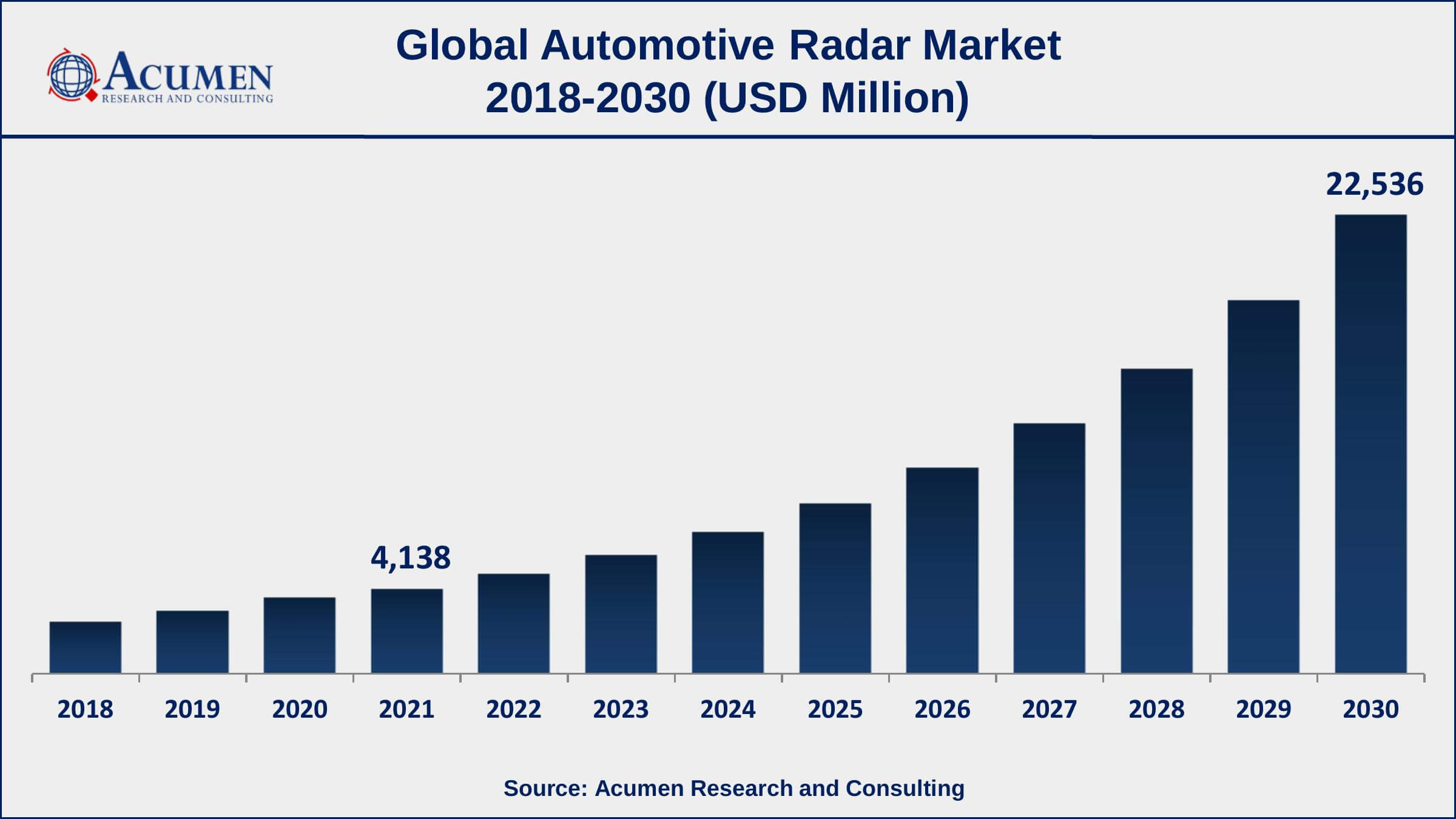Challenges of Automation Testing
Automation not only accelerates testing processes but also enhances efficiency and accuracy. At the heart of successful automated testing lies a well-crafted Automation Test Strategy. This article aims to shed light on the meaning and definition of an automation test strategy, its challenges and explore the notable contributions of HyperTest in shaping effective automation test strategies.
Defining Automation Test Strategy
An Automation Test Strategy is a comprehensive and systematic plan that outlines the approach, scope, resources, and schedule for automated testing efforts within a software development project. It serves as a roadmap for organizations looking to leverage automation to validate software functionality, performance, and reliability. The primary goal is to ensure that automated testing aligns with the overall testing objectives and contributes to the delivery of high-quality software.
Challenges of Automation Testing
- Dynamic Application Changes: Applications undergo frequent changes in features, functionalities, and user interfaces. Adapting automation scripts to accommodate these changes can be a significant challenge. An effective Automation Test Strategy should include mechanisms for easy script maintenance and version control, ensuring seamless updates with evolving applications.
- Selection of Suitable Test Cases: Identifying and prioritizing test cases for automation is a crucial aspect of a successful automation testing initiative. Without a well-defined Automation Test Strategy, teams may struggle to select the most suitable test cases, leading to inefficiencies and suboptimal test coverage. A clear strategy helps prioritize critical scenarios and streamline the automation process.
- Resource and Skill Gaps: Automation testing requires a specific skill set, and the scarcity of skilled resources can pose a challenge. Organizations may face difficulties in hiring or upskilling testers with the necessary automation expertise. An effective Automation Test Strategy includes plans for resource allocation, skill development, and knowledge sharing to bridge these gaps.
- Tool Selection and Integration: Choosing the right automation testing tools and seamlessly integrating them into the testing ecosystem can be challenging. The market offers a plethora of tools with varying features, and selecting the most suitable ones for specific project requirements is crucial. An Automation Test Strategy guides organizations in tool selection, ensuring tools align with testing objectives and project needs.
- Maintenance of Test Scripts: As test suites grow, maintaining and updating test scripts become increasingly complex. Changes in application functionality or test requirements may lead to script failures if not addressed promptly. A well-defined Automation Test Strategy incorporates strategies for script maintenance, version control, and the timely update of scripts to keep pace with application changes.
HyperTest: A Solution Redefining Automation Testing
HyperTest is a game-changing solution, offering a range of features that streamline and elevate the automated testing process. It is an API test automation platform that helps teams generate and run integration tests for their microservices without ever writing a single line of code. HyperTest monitors network traffic 24/7 and uses this information to auto-generate integration tests.
- Unified Test Platform: HyperTest provides a unified platform that encompasses various testing types, including functional, performance, and security testing. This unified approach simplifies test management and allows organizations to consolidate their testing efforts within a single platform.
- Scriptless Automation: HyperTest distinguishes itself by introducing a scriptless automation approach. Testers can create and execute automated tests without delving into complex scripting languages. This feature democratizes automation, enabling team members with varying levels of technical expertise to contribute to testing efforts.
- Collaborative Testing: Collaboration is a key aspect of successful automation test strategies. HyperTest facilitates collaboration by allowing team members to work on test cases concurrently. This collaborative approach ensures that testing efforts align with organizational objectives and project timelines.
- Comprehensive Reporting: HyperTest generates comprehensive reports that provide insights into test results, trends, and areas for improvement. These reports are instrumental in making informed decisions, optimizing testing processes, and enhancing overall software quality.
While automation testing offers numerous advantages, addressing its challenges requires a well-crafted Automation Test Strategy. This strategy serves as a roadmap, guiding organizations in selecting appropriate test cases, managing resource and skill gaps, choosing and integrating tools effectively, and ensuring the ongoing maintenance of test scripts. By emphasizing the importance of a strong Automation Test Strategy, testing teams can navigate the complexities of automation testing and maximize its benefits in the software development lifecycle. Understanding the key components of an automation test strategy, selecting the right tools, and embracing innovative solutions like HyperTest are essential steps in this journey.
Read more on www.hypertest.co.





